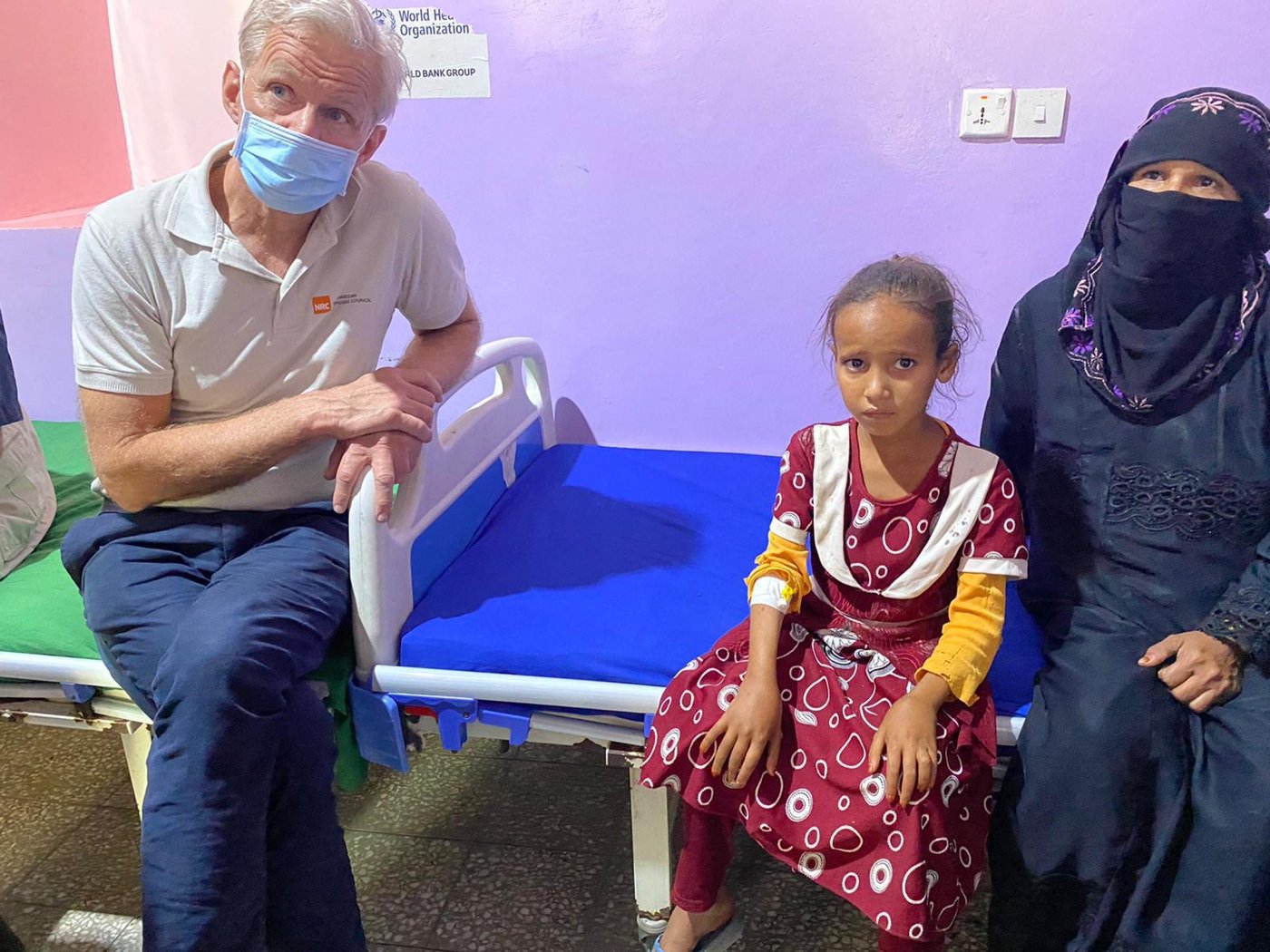Yemen remains the world’s largest humanitarian crisis and aid operation. The crisis is the result of a brutal armed conflict that escalated six years ago. It has killed and injured tens of thousands of civilians and caused immense suffering to the Yemeni people.
Without life-saving aid in the coming months, thousands of lives are at risk due to the ongoing violence and lack of access to food and medicine.
From bad to worse
“I am deeply distressed by seeing first-hand how advanced the starvation has become in Yemen. It is infinitely worse today than when I visited three years ago. The families I’m meeting are staring starvation in the face – and for many it worsened when food rations had to be halved last year,” warns Jan Egeland, Secretary General of the Norwegian Refugee Council, who is on a week-long visit to Yemen.
The Norwegian Refugee Council (NRC) works to support refugees and displaced people in over 30 countries around the world, including Yemen. Support our work today.

According to Egeland, Yemen needs three things to avert a catastrophe: “more money that we can use today, a famine-prevention ceasefire, and full access to people in need.”
Here are ten facts about the deadly crisis in Yemen:
#1: Four million people have been forced to flee their homes
In 2020, the conflict intensified and 172,000 people were displaced, bringing the number of internally displaced people to approximately 4 million.
#2: One million are living in unplanned camps
One million displaced Yemenis are scattered across over 1,500 impromptu, unplanned camps and require support to meet their basic needs.
#3: Eight out of ten live below the poverty line
The economy and currency have collapsed, and the situation has been exacerbated by the global Covid-19 turndown. As a result, millions of people cannot afford to make ends meet. Today 80 per cent of people live below the poverty line.
#4: 20 million people need humanitarian aid
Over 12 million of these are estimated to be in acute need. These people are facing crisis and are struggling to obtain the basics needed to survive and maintain their health and wellbeing.
#5: Five million people are at risk of famine
Food insecurity and malnutrition are the main drivers behind the number of people in need. Over 16 million people—half the population—will go hungry this year. This includes five million people facing emergency conditions.
#6: One child every ten minutes dies of a preventable disease
More than 20 million people need health assistance, including 11.6 million people who are in acute need. At least one child dies every 10 minutes in Yemen because of preventable diseases.
#7: Two million children are out of school
Just over two million school-age girls and boys are out of school. Prior to the Covid-19 pandemic, approximately 47 per cent of girls were out of school compared to 53 per cent of boys. Financial insecurity within families prevents children from enrolling in school and puts them at risk of becoming involved in child labour. Many more children have lost months or even years of schooling because of the war.
#8: 15 million need water and sanitation support
Over 15 million people are in need of support to access safe water and sanitation. Of these, 8.7 million are in acute need.
#9: More than 100,000 people have been killed
The war has been directly responsible for the deaths of more than 100,000 people. Another 130,000 have died from “indirect causes” such as food shortages and health crises.
#10: Nine million people have had their food assistance halved
Humanitarian funding cuts mean that 9 million people have had their food assistance halved, and 15 major cities are on reduced water supplies. NRC alone has had to cut food rations to 360,000 people.


